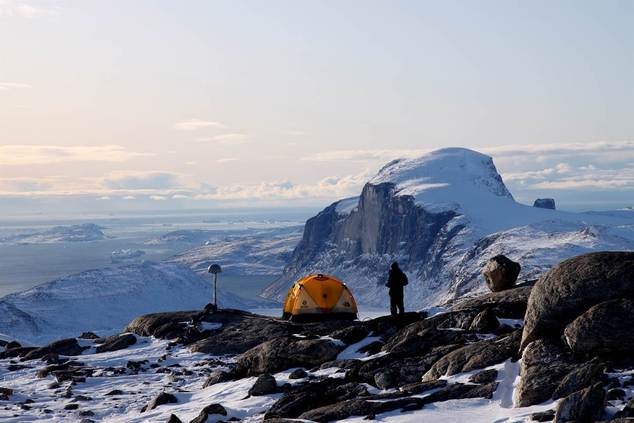Greenland ice sheet contains sufficient water to elevate global sea levels 24 feet should it the entire melt. And an enormous melt-out is exactly what seems to have happen about a million years ago, according to a groundbreaking investigation of a typical geologic sample from Greenland’s rocky underbelly.
Well over half of Greenland ice sheet looks to be melted in bedrock in the not-too-distant past, when temperature weren’t much warmer than they are today, according to new research led by pale climatologist Joerg Schaefer of Columbia University’s Lamont Observatory. Schaefer’s investigation, which is published today in the journal Nature, casts doubt on long-held assumption about the constancy of Greenland’s 684,000 cubic mile mantle of ice, suggestive of there are unknown instruments that can trigger rapid melting.
Naturally, this has scientists more concerned than ever about future sea level rise, as our world endures to warm and Greenland sheds ice at an ever-increasing clip.
“This rock is probably the most unique terrestrial rock sample ever.”
This story instigates in the late 1980s, when two squads of geologists, one American & one European, embarked on extraordinary drilling expeditions to obtain ice cores representing the entire extent of the Greenland ice sheet from its heaviest piece, a site in central Greenland where the ice is piled up about 10,000 feet (3,000 meters). It took each one squad five summers to drill through the ice, but the prize was a series of cores that have endorsed Earth scientists to restructure a world-class record of Arctic weather history.


